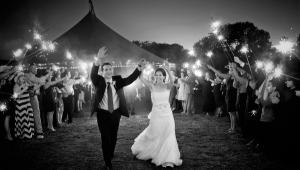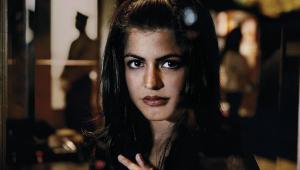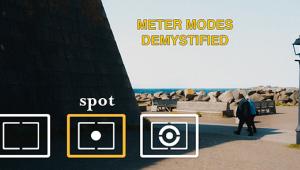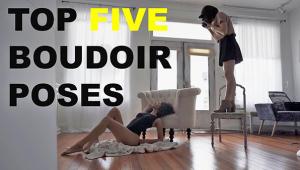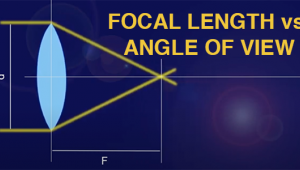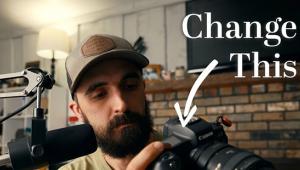Lasting Memories; A Portrait Photographer’s Gift
Being a photographer for 30 years has helped me to become more acutely aware of my surroundings. I find myself at all times watching how light pours over faces, how compositions just jump out at me, and how micro landscapes abound everywhere in daily life. So, it was with great surprise one day that I noticed just how blissfully unaware I was of my surroundings, and that maybe my visual sense was not quite as elevated as I had once suspected.
 |
|
|
My wife's mother lived with us for 17 years. The responsibility of caring
for her became too much for us so she became a resident of a health care facility.
Now 97 years old, she has been there for the past seven years. And while I had
photographed her a few times in those years, it wasn't until recently
that I became acutely aware of the need to photograph not only her, but elderly
people who were also residents of the facility. Here's how my "epiphany"
came about:
On one of my Sunday visits to my mother-in-law I came around a corner and there
in the middle of the hall was her roommate, a very frail and tiny woman, slumped
over in her wheelchair, resting on her veined hands. I was immediately struck
by this powerful scene in front of me. It seemed to me this vignette of life
before me was crying out to be captured. There was no beautiful light, just
the cold reality of fluorescent bulbs. But in that moment I knew I had a mission
to accomplish. I wanted to photograph as many of the residents as possible,
to create an image of them at this time in their life, to give something to
the family members that they could cherish when their mother or father was no
longer with them. I had a job to do.
 |
I contacted the social services director and told her I wanted to photograph
as many residents as I could. I told her I'd like to attempt to capture
an image that the family would enjoy and also try to create a more "telling,"
or "real," portrait of my subject if possible. I explained that
the images we would be taking were an attempt to capture the personality of
our subject and they would be treated with the utmost dignity and respect. We
made no attempt to force a pose or expression. For the "happy" pictures,
we talked and kidded them as we would any portrait subject. For the more meaningful
portraits, we (my wife Lorraine and I) would either just talk to them or leave
them to themselves for a few minutes to see what would unfold.
I obtained model releases first from the 25 or so families who complied. We
told them we would be giving them a 5x7 of their mother or father. We also gave
a CD with the images to the facility. The social services director told me they
wanted to do something to put on their bulletin board, so I made a 20x30 composite
print with all the images and names and put the name of the facility and my
name on it. We only did very light retouching on a few images where it was a
blemish or something out of the ordinary. No softening or basic retouching was
done at all. When we delivered the poster and images, many staff members cried
and hugged me. They come to know the residents very closely and really appreciated
the portraits. It was quite gratifying.
I delivered the images and poster just before Mother's Day. On Mother's
Day I went with my wife for dinner at the facility and many family members came
and thanked me for the portraits; they were very touched.
 |
I did not make one dime on this project, nor did I want to. We gave the files
to the facility and told them they could do what they wanted to with them, including
giving them to the families. There are some things you just are compelled to
do, and that describes how this project is to me. The day before we started
photographing, we met a man in the hallway. His mother had passed that morning
and he came to tell me how sad he was that we wouldn't be able to take
her portrait, he was really looking forward to having it. Now that we have done
the photography, I can tell you that it is an unmet need.
The Photography
I instantly had a vision of how I wanted these images to look. I thought of
the portraits of Irving Penn and Richard Avedon and decided I wanted a similar
look and feel. Please note that I am in no way comparing myself to these giants
but rather using them as my inspiration. I wanted the scene devoid of any distractions
because nothing was as important as the subject. I gave no "clothing instructions,"
no hair and makeup tips, I wanted the portraits to be as close to "real
life" as possible. Blankets, wheelchairs, and plaid afghans were all welcome.
 |
- Log in or register to post comments










